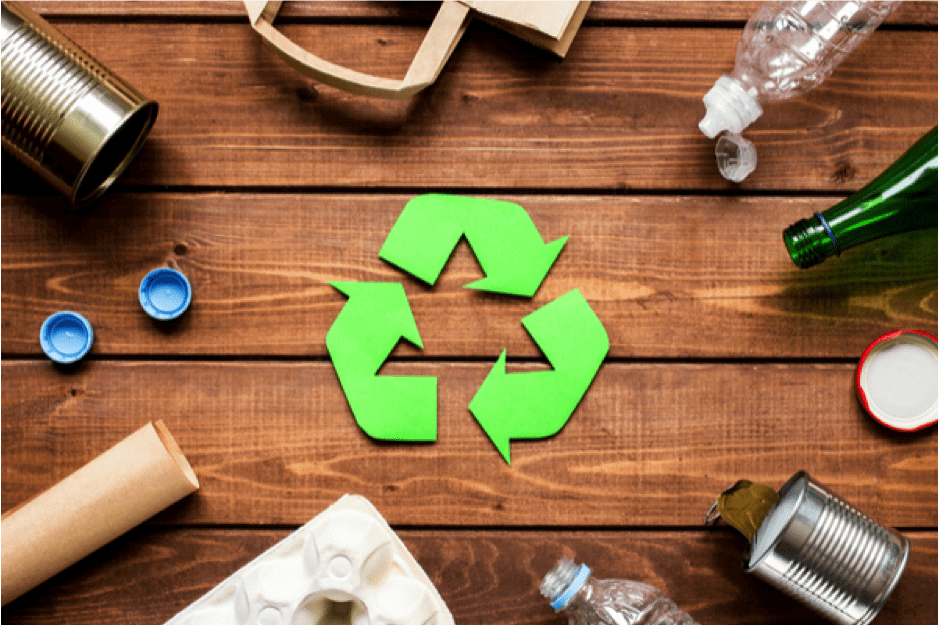Recycling Lives Services: A Complete Option for Company Recycling
Recycling Lives Services: A Complete Option for Company Recycling
Blog Article
Understanding the Category and Handling of Various Sorts Of Waste
Efficient waste administration is essential for environmental sustainability, needing a detailed understanding of the category and handling of various waste types. House waste, commercial by-products, harmful materials, digital refuse, and natural remnants each require unique protocols to ensure security and minimize environmental damage. Applying proper partition, treatment, and disposal strategies is vital to mitigate unfavorable environmental influences and advertise resource preservation. For example, the composting of organic waste contrasts dramatically with the elaborate treatments required to manage hazardous materials. This multifaceted strategy to throw away management emphasizes its complexity and the vital requirement for specialized knowledge in this domain.

House Waste
Household waste, encompassing a broad selection of discarded materials produced from daily living activities, stands for a substantial component of the overall waste stream - recycling lives services. This group consists of organic waste such as food scraps, lawn clippings, and paper items, alongside not natural products like plastics, metals, and glass. The diverse nature of family waste necessitates effective classification and monitoring to minimize ecological impact and advertise sustainable living methods
Reliable home waste monitoring starts with partition at the resource, facilitating recycling, composting, and safe disposal. Organic waste, for example, can be composted to create nutrient-rich dirt changes, decreasing land fill concern and improving soil wellness. Recyclable materials, including paper, glass, and certain plastics, can be refined and repurposed, minimizing and conserving resources power usage related to brand-new material production.
Additionally, hazardous household waste such as batteries, electronic gadgets, and cleansing chemicals calls for specialized managing to stop dirt and water contamination. Public understanding projects and hassle-free disposal options play critical duties in making sure correct disposal and recycling of these materials. By carrying out durable waste reduction techniques and fostering community engagement, towns can considerably alleviate the environmental impact of household waste.
Hazardous Waste
Hazardous waste, a significant factor to worldwide waste generation, incorporates a diverse variety of materials generated by production, construction, and other commercial activities. This category consists of byproducts such as scrap steel, plastics, rubber, chemicals, and other deposits. The make-up and volume of hazardous waste can vary significantly depending upon the market and production processes involved. Effective monitoring of commercial waste is critical for decreasing environmental effect and advertising sustainable methods.
The handling of commercial waste typically includes numerous procedures: collection, segregation, treatment, and disposal. Collection systems are designed to efficiently collect waste materials from various resources within an industrial procedure.
Taking on techniques such as waste minimization, resource recuperation, and recycling can significantly lower the burden of industrial waste on the atmosphere, adding to more lasting commercial practices.
Contaminated Materials

Corrosive wastes can damage or destroy living tissues and products. Combustible wastes can conveniently fire up, posturing fire threats, while reactive wastes can trigger surges or launch poisonous gases upon call with various other compounds.
Effective contaminated materials administration includes several crucial methods: identification and segregation of hazardous materials, secure transport and storage space, and ideal click resources therapy and disposal. Treatment techniques may include chemical stablizing, neutralization, and incineration. Regulative compliance is necessary, directed by frameworks such as the Resource Conservation and Recuperation Act (RCRA) in the United States, which ensures secure and ecologically sound administration of contaminated materials.
Digital Waste
Digital waste, often abbreviated as e-waste, represents a growing challenge in waste management due to the quick obsolescence of innovation. This classification encompasses a wide series of thrown out digital gadgets, including mobile phones, computer systems, tvs, and household devices. The intricacy of e-waste lies in its structure; these items contain a mixture of beneficial materials such as gold and copper, along with dangerous substances like lead, mercury, and cadmium.

Regulation and laws, such as the European Union's Waste Electronic and electrical Equipment (WEEE) Instruction, objective to advertise responsible e-waste administration. These plans mandate suppliers to facilitate the collection and recycling of electronic products, therefore lowering the worry on garbage dumps and minimizing environmental contamination.
Organic Waste
Organic waste, encompassing eco-friendly materials such as food scraps, backyard trimmings, and agricultural residues, makes up a significant portion of the local solid waste stream. This kind of waste is significant not only for its volume yet likewise for its potential environmental influence otherwise taken care of appropriately. Organic waste can disintegrate anaerobically in garbage dumps, generating methane, a potent greenhouse gas adding to environment modification.
Proper handling of organic waste entails numerous methods. In addition, diverting food waste from landfills via donation programs can relieve food insecurity while reducing waste.
Municipalities and organizations are progressively recognizing the significance of organic waste management. Carrying out comprehensive natural waste reusing programs not only reduces ecological impacts yet likewise aligns with broader sustainability goals, promoting a round economy where sources are consistently reused and repurposed.
Final Thought
Effective waste monitoring and environmental protection demand a detailed understanding of the category and handling of various page waste types. Implementing appropriate approaches for each waste type ensures risk-free and responsible waste monitoring techniques, inevitably contributing to the protection of communities and public wellness.
Efficient waste management is essential for environmental sustainability, needing find an extensive understanding of the classification and handling of numerous waste types.Home waste, encompassing a wide range of disposed of materials generated from daily living activities, stands for a significant part of the overall waste stream.Industrial waste, a major contributor to international waste generation, includes a diverse array of materials generated by production, construction, and various other industrial activities (recycling lives services).Unsafe waste, a critical worry in waste management, makes up materials that posture considerable dangers to human health and the environment due to their toxic, destructive, combustible, or reactive residential properties.Organic waste, incorporating eco-friendly products such as food scraps, backyard trimmings, and agricultural deposits, comprises a significant part of the municipal solid waste stream
Report this page